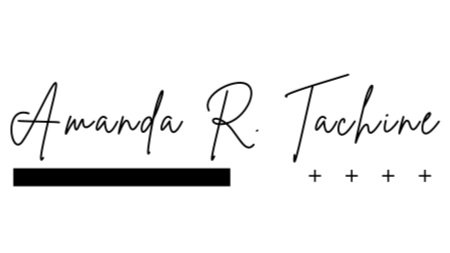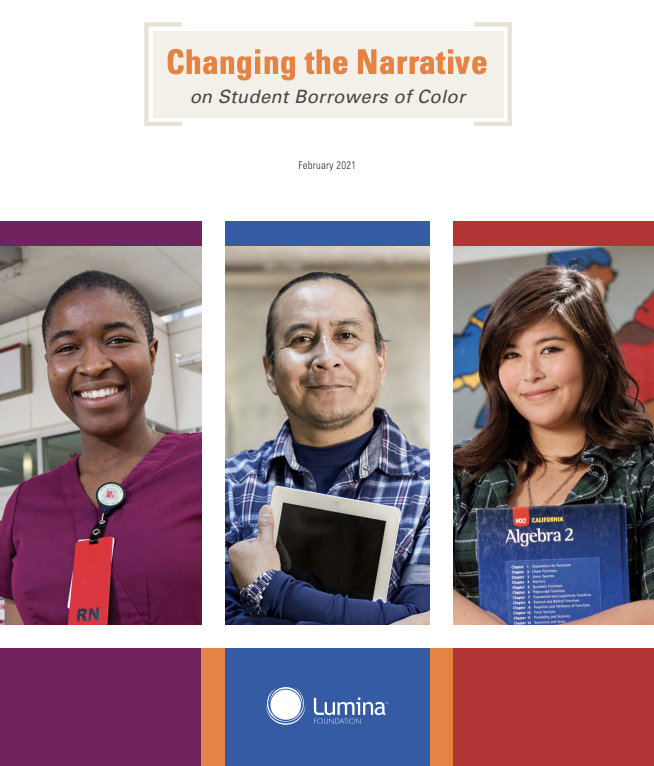for LEADERS: Educators & Policymakers
Lesson Plan
Students will learn how to distinguish between land, property, and place in a higher education context. Students will also reflect on their own “sense of place” or “sense of belonging” as they explore resources about Native expressions of place and belonging, and make connections.
This lesson is designed for mixed classrooms that include U.S. citizens / residents and international students, who are both Indigenous and non-Indigenous.
Leveraging Our Place: Native Nations and Land-Grab Universities
Published by the Pulitzer Center December, 5, 2022
National Study on College Affordability for Indigenous Students
This national study explored college affordability for Indigenous students as part of a thirty month grant from the Lumina Foundation received in November 2019 by the American Indian College Fund (College Fund). The National Native Scholarship Providers ((NNSPs) - College Fund, Cobell Scholarship Program, American Indian Science and Engineering Society, and American Indian Graduate Center*) collaborated to conduct this research project.
Published by the American Indian College Fund (2022)
Who Makes the Decisions? Native Perspectives Too Often Ignored
Liseanne Yazzie, a Navajo high school senior, was told that she cannot wear Navajo moccasins, a traditional foot wear, because moccasins are against the Sapulpa Oklahoma High School’s graduation dress code that bans boots of any kind.
If you asked a Native person, they would most likely state that moccasins are actually not boots. Moccasins are sacred, traditional attire that Navajo (and many other Native peoples) have worn before boots, heels, or tennis shoes even entered into what is now America. And for many Navajo people, moccasins signify honor, protection, respect, and an overall beautiful connection to Navajo identity.
Sapulpa High School points to a larger issue regarding the politics of who sets the terms of the debate. Too often, when Native issues are at the center of the conversation, Native peoples are ignored, ridiculed, and dismissed.
Published by the Huff Post (2016)
Changing the Narrative on Student
Borrowers of Color
Stark differences by race and ethnicity exist in student borrowing trends—as anyone worth their salt in postsecondary education should know by now. Statistics about debt loads, repayment trends, default rates, and forgiveness opportunities routinely appear in research papers, policy briefs, talking points, and news reports. We should celebrate the increased visibility and elevated priority of these issues and disparities. But real progress over time depends on setting up the right conversation and narrative. And so far, too much of the discussion has been framed in deficits, included too few voices of color, and been marked by monolithic characterizations that reveal deep systemic flaws—including ignorance of root causes and the failure to investigate differences among racial and ethnic groups. Driven by these ideas and our commitment to put equity first, Lumina Foundation convened a working group on borrowers of color in 2019. Each member brought expertise and a unique perspective, expressed interest in working collaboratively across disciplines, and had a specific interest in student borrowing and equity. This collection of essays is the culmination of their efforts. I
Published by the American Lumina Foundation (2021)
Colorado State University Tour Incident Is Nothing New for Native Students
In this op-ed, Native education scholars Amanda Tachine (Navajo Nation) and Adrienne Keene (Cherokee Nation) explore the recent news concerning two Native American brothers who were questioned during a campus tour, and how this incident reflects the “othering” that many Indigenous people experience in the United States on a daily basis.
Published by Teen Vogue (2018)
Creating Visibility and Healthy Learning Environments for Native Americans in Higher Education Declaration of Native Purpose in Higher Education: An Indigenous Higher Education Equity Initiative
The purpose of this declaration is to assist institutions in their efforts to ensure the access, visibility, and success of Native American students in higher education. The intended outcome is for colleges and universities to inspire and build campuses and a United States that value and make visible Native American experiences and stories.
Published by the American Indian College Fund (2019)
College Affordability for Native College Students
In this policy brief, we assert that college affordability should not be a barrier to advancing educational opportunities for Native peoples and provide evidence of ways that tribes, states, and higher education institutions are working toward transforming college affordability for Native communities. We first address the misconceptions and exclusionary practices that influence Native college students, then discuss state-level and institutional-level tuition initiatives that target Native college students, and further highlight tribal sovereignty strategies that tribal nations and tribal colleges and universities have pursued in addressing college affordability.
Published by the Stanford Public Scholarship Collaborative (2023)
Indigenous-centered education at the heart of the #NoDAPL camp: "The good way" in learning
President Obama states, “We’re going to let it play out for several more weeks,” but decisions are needed now. With the most recent attack where police drenched hundreds of people with water in below freezing temperatures, “help us stop this pipeline” is more than just a plea, it is a call for action.
Thousands of people, representing hundreds of various Tribal nations and allies from across the globe, are camped near Cannonball, North Dakota to protect the well-being of the environment and its peoples against the Dakota Access Pipeline (DAPL). At the site of “protectors,” there is another movement afoot that is powerful in its connections to place and the future of Indigenous peoples; namely, the focus is on children representing diverse Native nations.
Published by the Huff Post (2016)
Layers of Identity: Rethinking American Indian and Alaska Native Data Collection in Higher Education
This brief focuses on individuals categorized as AI/AN in federal data sets and highlights the complexities of collecting data about this community, including how AI/AN students are counted and categorized in data collections and how those collections fall short in engaging and representing Indigenous communities. Because of current data collection practices, educators, researchers, and policymakers lack the information needed to challenge the barriers Native students face and to ensure that Indigenous students are well served in higher education. This brief proposes strategies for federal agencies, states, institutions, and researchers to use to improve the collection, reporting, and analysis of AI/AN student data. These strategies prioritize actively engaging with Tribal leaders and Indigenous researchers and organizations to identify ways to improve data collection and reporting procedures. These improvements can increase the quality of data analysis and reporting about AI/AN students and more accurately and thoroughly showcase the diverse subgroups within the Indigenous community
Published by the Institute for Higher Education Policy (2024)









